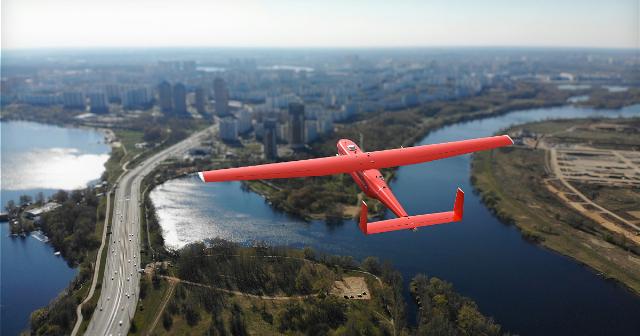On April 28, the annual large-scale conference "Geoscan Technologies 2025" was held at the Lomonosov innovation cluster in Moscow. More than 700 people took part in it, 62 reports were presented by Geoscan specialists and invited experts, and four thematic halls were opened. The event was held with the support of the AERONEXT Association and brought together experts in the field of UAS, representatives of the education system, government agencies and business.
This year, the conference was divided into four thematic sections, each of which was held in a separate room and lasted a whole day.
New horizons of UAS application
The Drive track was opened by a plenary session. The experts discussed the prospects of Russian technologies in the exploration of the Moon and Mars: plasma engines for lunar satellites, near-Earth space monitoring systems, photogrammetry for the study of celestial bodies. Next, Geoscan specialists presented 2024 projects in aerial photography and geological exploration, emphasizing the advantages of unmanned systems.
 |
| Conference "Geoscan Technologies 2025". |
| Source: Valery Ageev |
During the panel discussion, the invited speakers shared successful practices of using UAS for monitoring territories, agriculture and land control. The track ended with a career session — Geoscan specialists talked about their professional path in the industry.
- Geoscan's unmanned technologies have already become an important part of the infrastructure in the regions: more than 2,200 professional complexes and over 13,000 training UAS have been delivered as part of a state civil order.
Today, it is important not just to supply equipment, but to understand how it will be used. We see great potential in expanding UAS application scenarios. This is what the industry's development will focus on in the coming years, Pavel Kruglov, Sales Director at Geoscan Group, said at the conference.
Personnel training for the industry
In parallel, the track "Education" was held, where modern approaches to training specialists for the UAS industry were considered. Geoscan presented new developments: the Pioneer Mini 2 training quadcopter with onboard AI, the Arena Mini mobile platform for practical exercises and the textbook "Unmanned Aerial vehicles" for schoolchildren in grades 8-9.
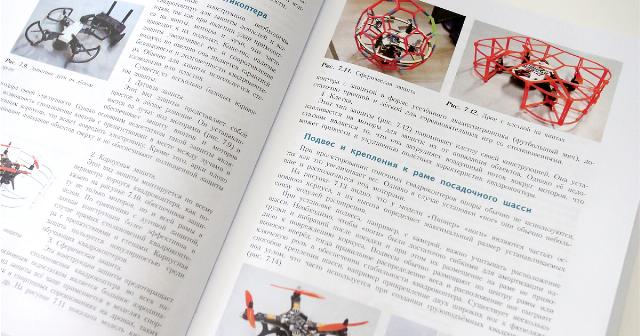 |
| The textbook "Unmanned aerial vehicles" for students in grades 8-9. |
| Source: Valery Ageev |
The role of secondary vocational education and higher education in training specialists for the industry was also discussed. Separately, a new format was announced — a network model of the Geoscan student design bureau for studying UAS in Russian universities.
Geoscan in space
In the Space track, the participants got acquainted with the results of Geoscan's four-year work in the field of scientific and educational missions and the development of CubeSat platforms. As early as 2025, the company plans to launch 10 satellites with various payloads. The invited experts spoke about working with satellite data, managing small spacecraft and adapting them to rocket systems for launching into space. On the same day, the full-time stage of the "Hello, Sputnik!" hackathon was held, where students designed applications for monitoring the ground stations of the SONY network.
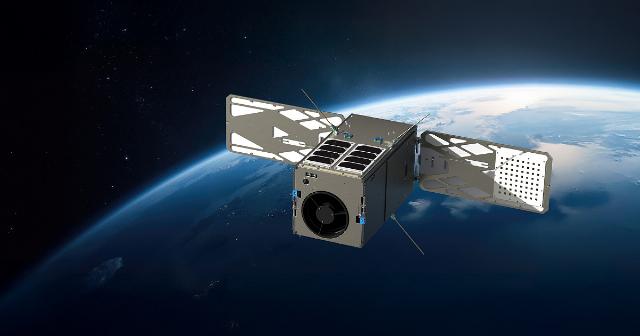 |
| Source: Valery Ageev |
Video monitoring and technology exhibition
Special attention was paid to video monitoring: they talked about technical solutions using the example of Geoscan 701 Video, presented for the first time an upgraded version of Geoscan 201 Video with a new PV32 camera for aircraft UAS and a tethered version of Geoscan 801. They also presented their own flight safety management system. The track continued with reports on new educational programs for the training of UAS specialists.
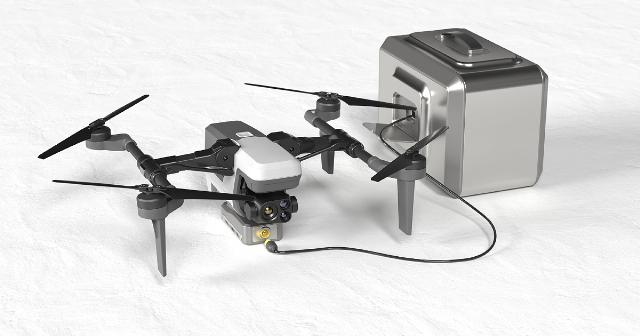 |
| Source: Valery Ageev |
Complementing the business program, an exhibition of Geoscan products was held in the lobby: drones for aerial photography, geological exploration, drone shows, small spacecraft and educational complexes. Guests could take career guidance tests, pilot drones in a flight simulator, and try out copter and robot control in the Mini Arena.
- At this annual conference, we present all our achievements and announce plans for the future. This year, we set ourselves the task of proving and showing that Geoscan is not only about drones, it's about technology in general and space in particular. We want to reformat the image of us as a company and tell everyone where we are going — we are going into space and we have big space projects, commented Alexey Yuretskiy, CEO of Geoscan.
Geoscan is a Russian group of technology companies that develops and manufactures unmanned aircraft systems (UAS), small spacecraft (cubesats), avionics, wireless communications, sensors for UAS and cubesats, develops and manufactures unmanned systems and indoor navigation systems for STEM education and robotics competitions, and provides services for unmanned aerial photography, including multispectral and thermal imaging, aerial laser scanning, geological exploration, and drone shows.
The concentration of the development and production of both BAS and cubesats themselves, as well as their blocks, components and software, at one enterprise makes it possible to achieve unique technical characteristics of the final product.
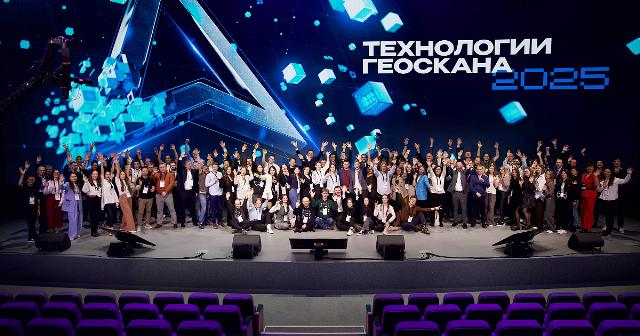 |
| Conference "Geoscan Technologies 2025". |
| Source: Valery Ageev |
Valery Ageev
